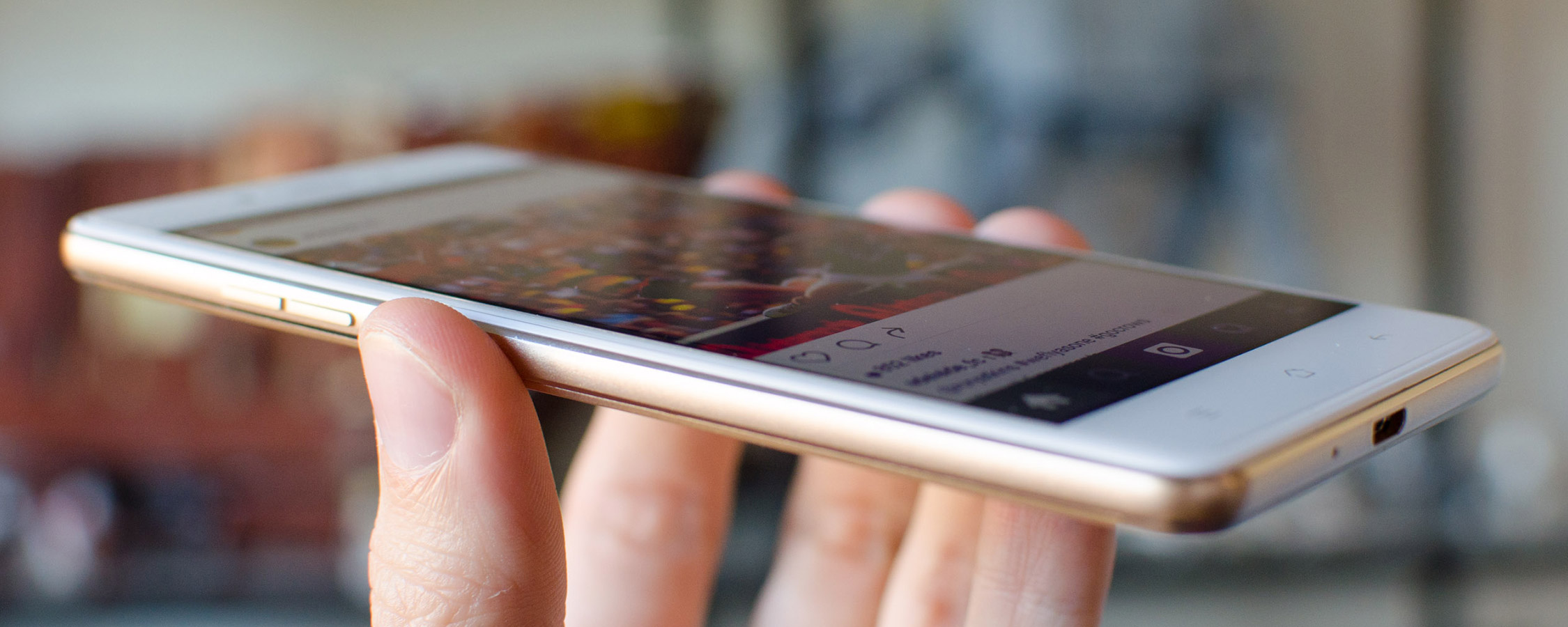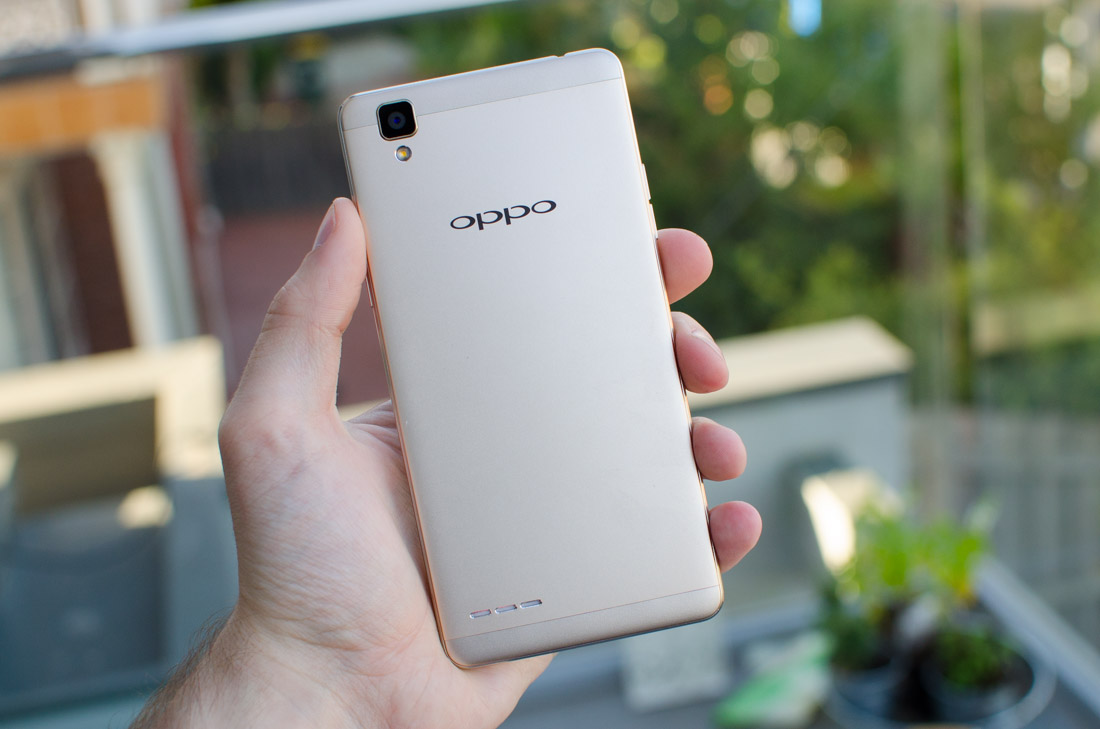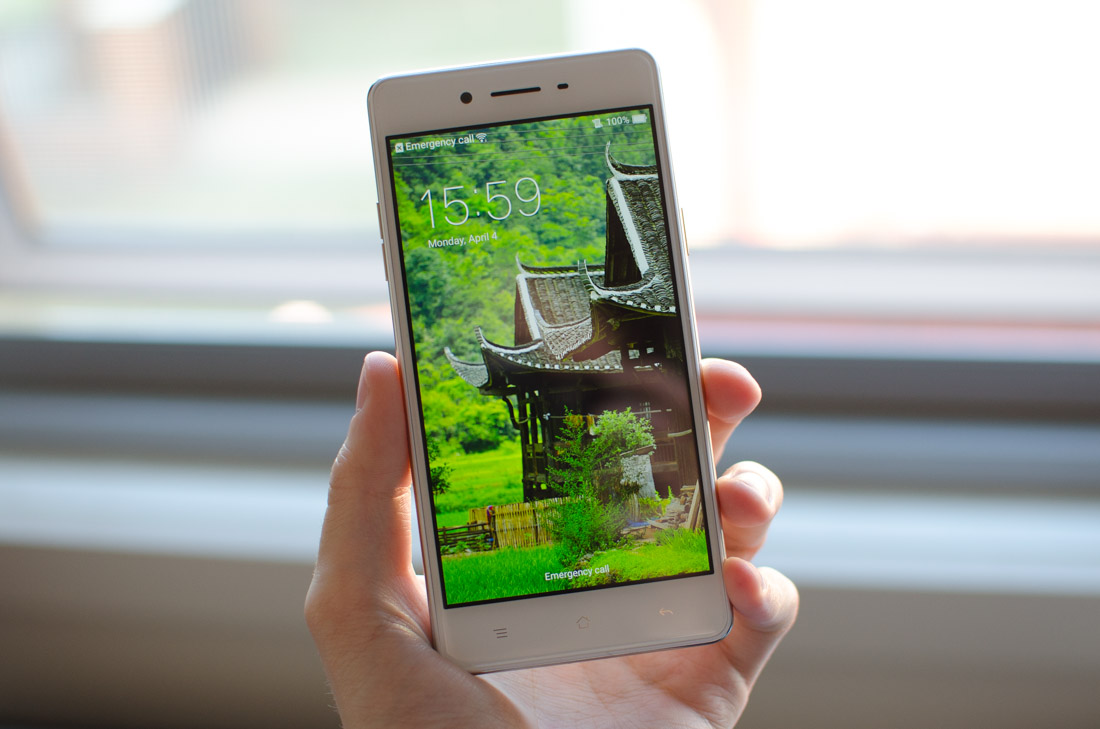There are loads and loads of cheap Android smartphones on the market, but only a handful are actually worth buying. We've seen Motorola really dominate this segment with their Moto G and Moto E devices over the last few years, and they've frequently featured in my recommended smartphone purchases. Oppo is another company that has been impressing users with great handsets on a budget, and today I have the $200 Oppo F1.
The F1 is loaded with a collection of very respectable hardware for the price. Inside is an octa-core Qualcomm Snapdragon 616 SoC to power a 5.0-inch 720p display, all in a slim metal body. Oppo claims the cameras are the star of the show, particularly the 8-megapixel shooter on the front, alongside the 2.5D Gorilla Glass 4 that protects the display. The battery is a tad small at just 2,500 mAh, but generally the hardware stacks up to similar products on the market.
In general, the design of the Oppo F1 is a bit hit-or-miss. There are some aspects that see it punch above its entry-level weight, and there are other aspects where clear compromises have been made to keep the price low. It also uses a derivative style that will be very familiar to anyone that's looked at Chinese-made smartphones before.
Oppo claims the F1 uses a "premium metal body" with a "velvety metallic feel" and that's partially true. The back panel is mostly constructed from a flat metal panel that, at least on my gold model, looks very nice. The matte finish gives the back panel a great texture that's easy to grip, and the sheen is reminiscent of more expensive handsets.
However, there are some very noticeable parts to the F1's design that aren't metal. To the top and bottom of the back panel are two plastic strips, which Oppo has attempted to blend into the metal segment by coloring them gold. This move doesn't pay off at all, and the difference in color and reflectivity is extremely visible. It's almost like Oppo wanted to introduce contrast to the design by using a different color for the plastic sections, but poorly chose gold to complement a different gold.
Around the edges Oppo has used what they call a "micro-arc edge" that apparently "encircles the phone in a flowing, continuous band". Unsurprisingly this isn't exactly true: there are visible seams in all four corners, though you can't feel them. It appears as though the edges are made from plastic, and like the back, Oppo wants this plastic to imitate the gold metal seen there. Unfortunately, this leaves the edges feeling cheap, and the smooth coating actually makes the F1 more slippery than if the edges were true metal.
The front of this particular model sees a white bezel surround a centered 5.0-inch display. While the white looks decent, I'm not a big fan as it reflects a ton of light in sunny conditions, which make the display harder to view. Oppo has applied a screen protector to the 2.5D Gorilla Glass 4 out of the box, and although I'm not typically a fan of screen protectors, this one is of a high quality and doesn't impact the visibility or swooshability of the screen.
Below the display, Oppo has included capacitive navigation buttons. Two mistakes have been made here: the back button occupies the rightmost spot while it really should be on the left; and on the left Oppo has bizarrely opted for a menu button rather than the app switcher button. The menu key has been deprecated for years now, and no OEM shipping an Android 5.0 device or newer should include it. It actually hurts multitasking on this device to have to hold the menu key to switch apps.
Around the edges are no surprises: micro-USB on the bottom, a 3.5mm headphone jack on the top, a tactile power button on the right, and two volume keys on the left. The right side also has a removable tray which is where you can insert a SIM card and microSD card.
The bezels on the Oppo F1 aren't the slimmest going around, but the handset is easy to hold and the 5-inch display provides a good mix of screen size and usability. The 7.2mm thin body is much slimmer than budget handsets from Motorola and other companies, and although I typically prefer to see bigger batteries than slimmer devices, it certainly makes the F1 a more attractive phone.






